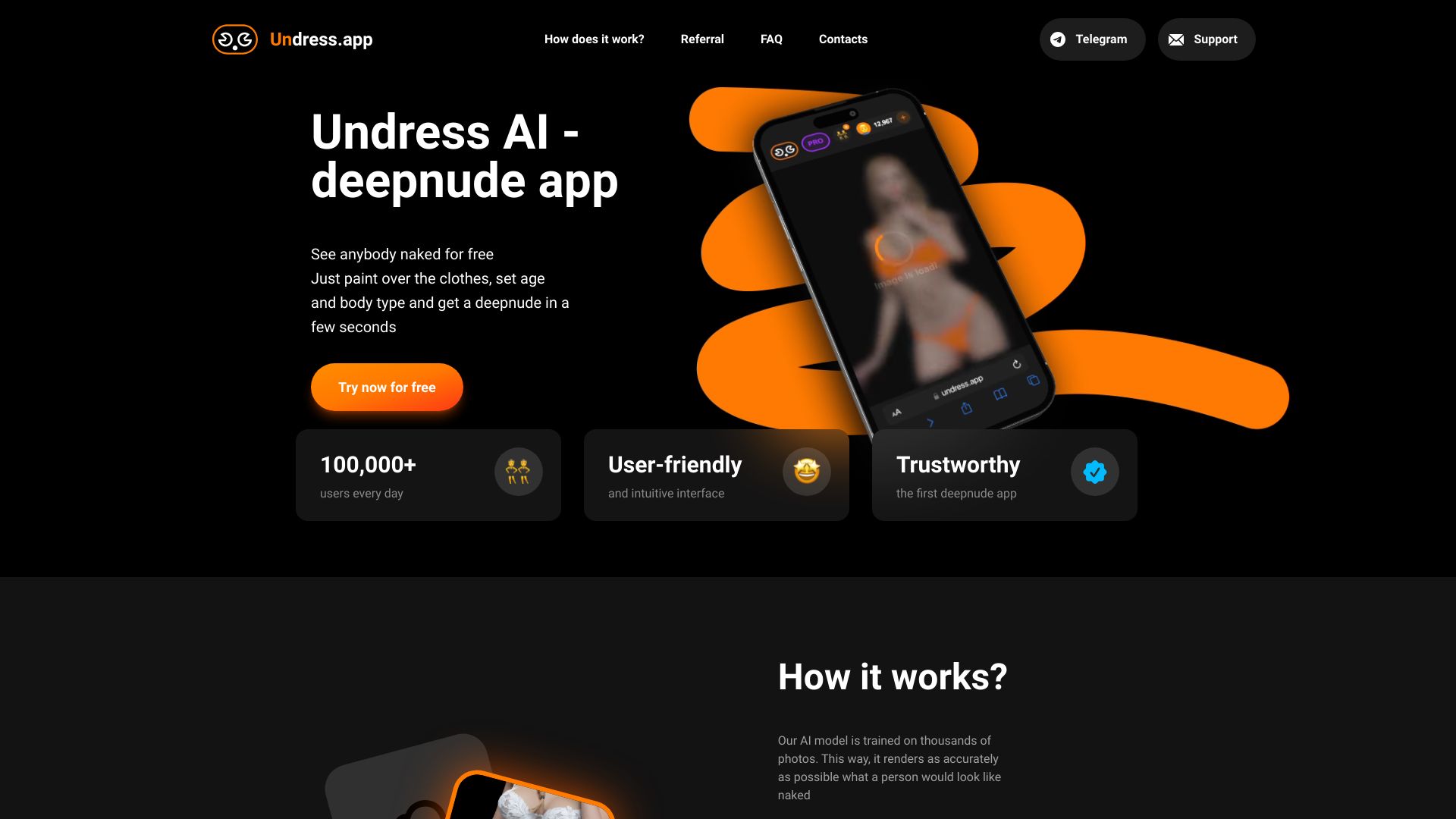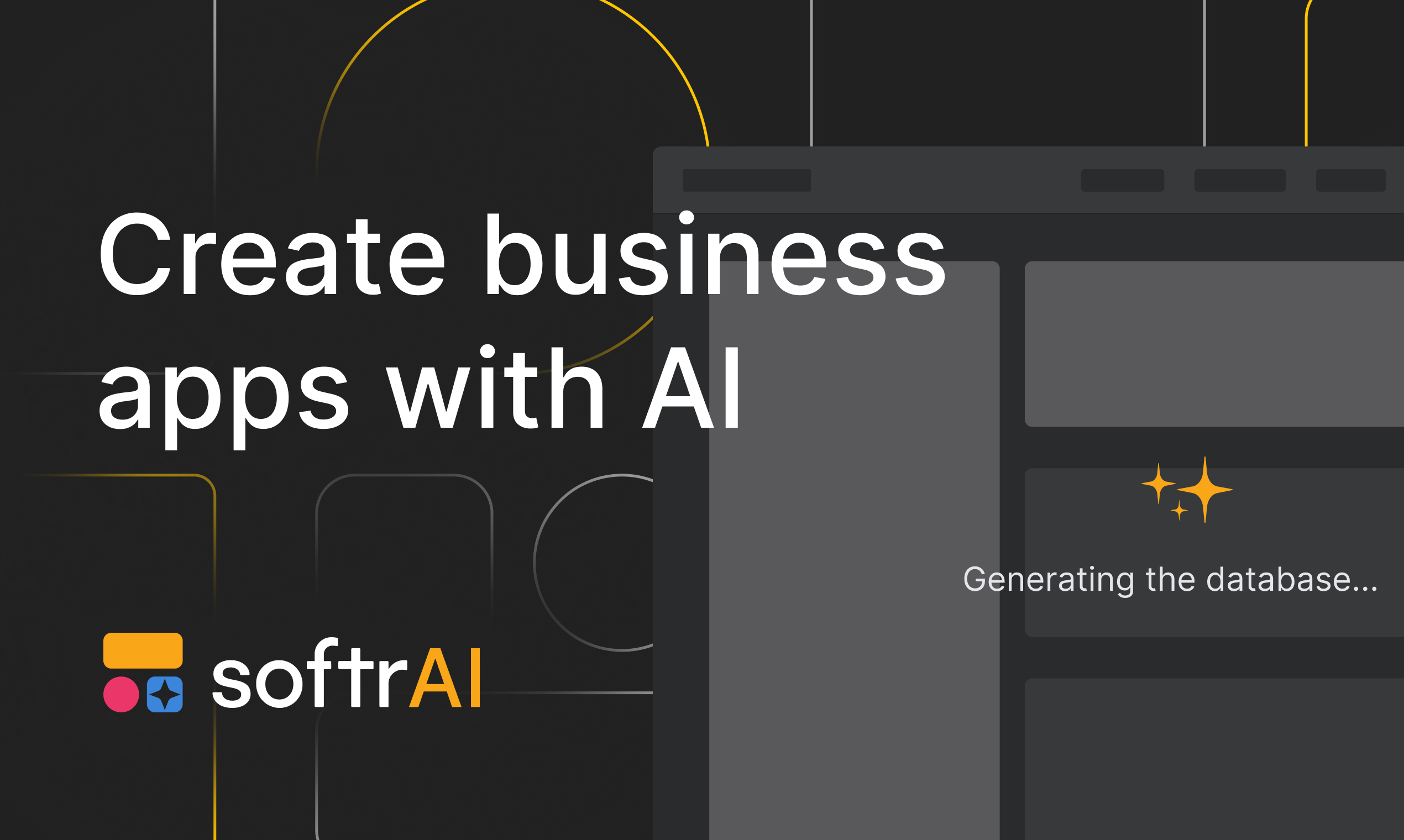A Deep Dive Into AI Apps That Undress: Exploring The Controversial App Trend
So here we are in 2023, where technology is evolving at a pace faster than you can say "self-driving car." But while some advancements feel futuristic and exciting, others raise serious ethical questions. Today, we’re diving headfirst into one of the most controversial trends in the tech world: AI apps that undress people. Yeah, you read that right. These apps use artificial intelligence to digitally remove clothing from photos, sparking debates about privacy, consent, and the boundaries of technology. But before we get into the nitty-gritty, let me ask you this—how comfortable are you with your digital likeness being manipulated without your permission?
Now, I know what you're thinking. "Wait, is this even legal?" Great question! And one we’ll definitely unpack as we go along. But first, let’s establish why this topic matters. AI apps that undress aren’t just a fleeting fad; they represent a broader conversation about how technology intersects with human rights, ethics, and our understanding of consent in the digital age. It's not just about tech—it's about people.
As we explore this trend, we’ll break it down step by step. From understanding how these apps work to examining their impact on society, we’ll leave no stone unturned. So buckle up, because this ride gets real, and by the end of it, you’ll have a clearer picture of why this issue deserves your attention.
- Telugu Ullu Series The Rise Of Edgy Entertaining Web Content
- Why Vegamoviesincom Is Your Ultimate Destination For Movie Entertainment
Table of Contents
- What Are AI Undress Apps?
- How Do They Work?
- Ethical Implications and Privacy Concerns
- The Legal Landscape
- Psychological Impact on Victims
- The Technology Behind These Apps
- Popular Examples of AI Undress Apps
- Regulation Efforts and Challenges
- Alternatives and Potential Solutions
- Conclusion: Where Do We Go From Here?
What Are AI Undress Apps?
Before we dive deeper, let’s define what we’re talking about. AI undress apps are programs that use artificial intelligence to digitally alter images, specifically by removing clothing from individuals in photos. The idea might sound like something out of a sci-fi movie, but unfortunately, it's very much a reality. These apps leverage machine learning algorithms to analyze and manipulate images, often producing eerily realistic results.
Here's the kicker: these apps don't require advanced skills to operate. In fact, anyone with a smartphone can download and use them. That accessibility is exactly what makes them so concerning. Imagine someone taking a casual photo of you at a party and using an app to create an altered version without your knowledge or consent. Sounds invasive, right? And that's just the beginning.
Why Are People Using These Apps?
Let’s be honest—most people aren’t downloading these apps for educational purposes. Some users claim they’re just curious or using them for "fun," but others have more malicious intentions. Revenge porn, harassment, and cyberbullying are all potential consequences of this technology falling into the wrong hands. It’s a slippery slope, and one that raises serious questions about accountability and responsibility in the digital realm.
- Movierulz Telugu Ullu The Ultimate Guide To Your Movie Streaming Needs
- Movierulz 2024 The Ultimate Guide To Streaming Movies Like A Pro
How Do They Work?
So, how exactly do these apps pull off such convincing edits? The answer lies in the power of AI and deep learning. Here's a quick breakdown:
- Data Collection: These apps rely on vast datasets of images to train their algorithms. The more data they have, the better they become at identifying patterns and making accurate predictions.
- Image Analysis: Once the app receives an input image, it uses neural networks to analyze the subject's body shape, pose, and other details.
- Manipulation: The final step involves applying the learned patterns to generate a new image where clothing has been removed. This process requires significant computational power but can be done relatively quickly on modern devices.
While the technology itself is impressive, its applications are far from harmless. Think about it—these tools essentially allow anyone to bypass traditional barriers of consent and privacy. And that's where things start to get dicey.
Ethical Implications and Privacy Concerns
Let’s talk ethics, shall we? At its core, the existence of AI undress apps challenges fundamental principles of respect, autonomy, and dignity. When someone creates or shares an altered image of another person without their permission, it violates their right to control their own likeness. It’s not just about the image itself; it’s about the power dynamics at play.
Privacy is another major concern. In today’s hyper-connected world, it’s becoming increasingly difficult to maintain control over our digital presence. With these apps, even a seemingly innocuous photo could be weaponized against you. And once that altered image is out there, it’s nearly impossible to erase it completely from the internet.
Consent in the Digital Age
Consent has always been a cornerstone of ethical interactions, but in the digital age, its meaning is evolving. Traditional definitions of consent don't always apply when technology enables actions that were previously unimaginable. For example, if you post a photo of yourself online, are you implicitly giving permission for others to alter it? Most would argue no—but the lines are blurrier than ever.
The Legal Landscape
Now, let’s shift gears and talk legality. Are AI undress apps illegal? The answer depends on where you live and how the apps are used. In many countries, creating or distributing non-consensual intimate images (also known as revenge porn) is against the law. However, the legal status of the apps themselves varies widely.
Some governments have taken steps to ban or regulate these apps, while others lag behind in addressing the issue. Part of the challenge lies in the rapidly changing nature of technology. By the time lawmakers catch up, new iterations of the software may already exist. It's a game of whack-a-mole that shows no signs of slowing down.
What About Freedom of Speech?
One argument often made in defense of these apps is freedom of speech. Advocates claim that restricting access to certain technologies infringes on individual rights. While this perspective has merit, it ignores the harm caused to victims of non-consensual image manipulation. Striking a balance between protecting free expression and safeguarding individuals' rights remains one of the biggest challenges in this space.
Psychological Impact on Victims
It’s easy to focus on the technical aspects of AI undress apps, but the human cost can’t be ignored. Victims of non-consensual image manipulation often experience significant emotional distress, including feelings of violation, shame, and anxiety. In severe cases, this trauma can lead to long-term mental health issues.
Imagine waking up one morning to discover an altered image of yourself circulating online. Would you feel violated? Angry? Helpless? All of those emotions—and more—are common among victims. And let’s not forget the societal stigma that often accompanies such incidents, especially for women and marginalized groups.
Supporting Survivors
If you or someone you know has been affected by this type of abuse, know that help is available. Many organizations specialize in supporting survivors of digital violence, offering resources like counseling, legal assistance, and advocacy. Spreading awareness about these services is crucial in ensuring that victims don’t suffer in silence.
The Technology Behind These Apps
Now, let’s take a closer look at the tech driving this trend. AI undress apps utilize a variety of techniques, including:
- Deep Learning: A subset of machine learning that involves training neural networks to recognize complex patterns in data.
- Generative Adversarial Networks (GANs): A type of AI model that pits two neural networks against each other to produce realistic outputs.
- Image Segmentation: A process that divides an image into distinct regions, allowing the app to isolate and manipulate specific parts.
These technologies are incredibly powerful, but they also carry risks when misused. As developers continue to push the boundaries of what AI can do, it’s essential to consider the ethical implications of their creations.
Popular Examples of AI Undress Apps
Several high-profile AI undress apps have emerged in recent years, each sparking controversy and debate. Here are a few notable examples:
- DeepNude: One of the earliest and most infamous apps, DeepNude gained notoriety for its ability to generate realistic nude images from clothed photos. Amid public backlash, the creators eventually pulled the app from circulation.
- Striporama: Another app that made headlines for its questionable ethics, Striporama claimed to offer users a "fun" way to see how they'd look without clothes. Critics quickly pointed out the potential for abuse.
- Other Anonymous Apps: Many similar apps operate under the radar, often changing names or jurisdictions to avoid detection. This cat-and-mouse game complicates efforts to regulate the industry.
While these examples highlight the dangers of unchecked AI development, they also underscore the need for greater transparency and accountability in the tech sector.
Regulation Efforts and Challenges
Efforts to regulate AI undress apps face numerous obstacles, both technical and political. On the technical side, the decentralized nature of the internet makes it difficult to track and shut down offending apps. Meanwhile, political differences between countries create inconsistencies in enforcement.
Despite these challenges, some progress has been made. For instance, several countries have implemented laws specifically targeting non-consensual image manipulation. Additionally, tech companies like Apple and Google have taken steps to remove offending apps from their app stores. While these measures aren’t perfect, they represent important steps toward protecting users.
Challenges in Enforcement
Enforcing regulations on AI undress apps is easier said than done. Many apps operate from jurisdictions with lax enforcement, making it difficult for authorities to hold them accountable. Furthermore, the rapid pace of technological advancement means that regulators are often playing catch-up. By the time a law is passed, new versions of the software may already exist, rendering the legislation obsolete.
Alternatives and Potential Solutions
So, what can we do to address this issue? While there’s no single solution, a combination of technological, legal, and educational approaches offers promise. Here are a few ideas:
- Improved Detection Tools: Developing algorithms capable of identifying altered images could help prevent their spread.
- Stricter Enforcement: Governments and tech companies must work together to enforce existing laws and close loopholes.
- Public Education: Raising awareness about the dangers of AI undress apps can empower individuals to protect themselves and others.
Ultimately, solving this problem requires a collective effort from all stakeholders—from developers and lawmakers to educators and everyday users.
Conclusion: Where Do We Go From Here?
As we wrap up our exploration of AI undress apps, one thing is clear: this trend raises critical questions about the future of technology and society. While the technology itself is undeniably impressive, its applications demand careful consideration. As users, we must remain vigilant about protecting our digital presence and advocating for responsible innovation.
So, what can you do? Start by educating yourself and others about the risks associated with these apps. Support organizations working to combat digital violence, and don’t hesitate to speak out against harmful practices. Together, we can create a safer, more respectful digital world.
And hey, if you found this article helpful, why not share it with your friends? Knowledge is power, and the more people who understand this issue, the better equipped we’ll be to tackle it. Let’s make the internet a place where everyone feels safe and respected. After all, isn’t that what technology should be about?
- Is Tobias Menzies Married Discover The Personal Life Of This Talented Actor
- Matt Czuchry Wife The Story Behind The Screen And Beyond

Undress AI App

Undress AI App Exploring The Controversial Technology And Its Implications

Undress AI App Exploring The Controversial Technology And Its Implications